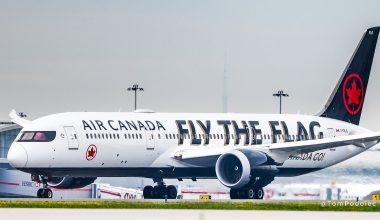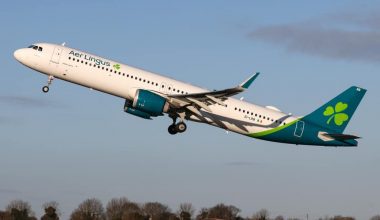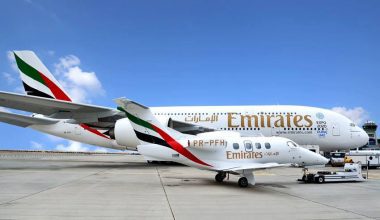The Cessna Citation Latitude offers a wide flat-floor cabin with a 6 feet stand-up height at the price of a mid-segment private jet, which is why the variant has been a widely successful product of Citation. Designed with optimum comfort in mind also boasts an outstanding runway performance making it one of the best-selling private jets in the world.

The mid-size segment private jet has a generous amount of cabin space, easily lending itself to multiple onboard amenities, including the expanded refreshment center, ample catering storage, and a very spacious lavatory and baggage compartment. The aircraft proven by the Citation aircraft system with innovative intelligent and segment-leading performance delivers more than what is expected from a mid-size private jet. Besides all of its exceeding performance and features, the reasonable pricing for the private jet also cannot be matched by any other beats in the segment.
Citation Latitude Features
With the world’s most diversified jet portfolio, the Cessna Citation family has been investing in air vessels to carry and power businesses across the globe. From its full range of options, the designs of the jet help the client face any kind of challenges; every aircraft of the Citation family has been engineered to perform at the highest level of efficiency and deliver elevated levels of comfort and added peace of mind.
Even among the popular private jet line products from the Citation, the Citation Latitude is the first-ever aircraft in its segment to push the comfort level without shooting too far away from the mid-segment market.

Spacious Cabin
The low cabin altitude keeps the flyers feeling refreshed; meanwhile, the class-leading baggage compartment is spacious enough to accommodate the traveler’s luggage wherever they are going, either for business travel or vacation, with enough space to not miss any vital carry-on.
Partial Recirculation System
Also, the Partial Recirculation System introduced in the aircraft keeps the cabin air clean and fresh. This system operates by bringing fresh air from outside into the aircraft via the engines; the engines then compress and heat the air killing pathogens and germs. After that, the air is cooled and enters the cabin as a cold or warm configuration option before exiting aft. The small percentage of the air remaining is pushed through a HEPA filter to mix in the cabin with the new air.
Sleek Design
The revolutionary product from the Citation isn’t just an outperforming aircraft in the segment. The slick design of the Citation Latitude allows the travelers to arrive in style no matter where they are headed. The powerful beast powered by the twin Pratt & Whitney PW306D1 FADEC-controlled turbofan engines doesn’t fall back when it comes to pleasing looks. Its powerful performance with expectation exceeding features and a serious ramp presence that turns the head around makes the aircraft one of the favorite choices in the mid-sized private jet segment.
Revolutionary System
The air vessels integrated with the NextGen-capable touchscreen Garmin G5000 avionics, the Citation Latitude, offer a large spacious cockpit that ensures maximum productivity and comfort to everyone on board. The system is designed to provide support to the pilots with the comfort and information they need for reliable and efficient flights.
With the help of this revolutionary system, the pilots can take command of the airplane’s robust navigation features, traffic, surveillance, and communication system with ease and comfort. Furthermore, the flight management system also provides extensive navigation and flight-planning capabilities that include the pilot crew’s route, take-off, and landing performance information.
Visually Intuitive Flights
The three 14-inches landscape flight displays integrated into the Citation Latitude can function separately as a primary flight display or as a multi-function display according to the configuration of the pilot to make the navigation more comfortable and trouble-free. The three screens can also be configured to function in multi-pane mode, the center pedestal for MFD control, and two additional panels controlling each PFD. The pilots have full control over the customization of the displays via the touch screen control panels and can freely organize and prioritize the presented flight data for their efficient access.
Garmin Synthetic Vision Technology(SVT)
The smarter system integrated into the Citation Latitude, the Garmin Synthetic Vision Technology(SVT), offers a virtual-reality view of the terrains, obstacles, traffic, and runaways covering all the required essential information beyond the windshield for the pilot crew. With the help of the SVT’s terrain-altering database, the pilots can get a realistic picture of what lies beyond the superior flying beast. The SVT system enhances the pilot’s situational awareness by creating a virtual depiction of the group and water features, obstacles, and traffic in a solid IFR or even nighttime VFR conditions, an absolute powerful performer introducing the aviation industry to the future.

Real-Time Diagnostic and Real-Time Answers
This is one of the most amazing features of the Citation Latitude. The aircraft is equipped to use Linxus, the LinxUS, and LinxUS Air work with the Central Diagnostics Maintenance system(CDMS) and function as well a fault-detecting system that monitors the aircraft 100% of the time. In case of any issues onboard, the pilot crews are provided actionable answers are provided in real-time to the pilot crew resulting in a faster turnaround to get the aircraft back on the air.
Physical Specification
The Citation Latitude has an overall length of 62 ft 3in ( 19 m) and a height of 20 ft 11 in (6.4 m). The wingspan of the aircraft covers 72 ft 4 in (22.04 m) with a wing area of 543 sq ft and a wing sweep of 16.3°, including the 27ft wheelbase and 10ft tread.
On the aspects of its interior cabin designs, the Citation Latitude has a cabin height of 72 inches(1.8m) and a width of 77 in (1.96m). The aircraft has an overall length of 21 ft 9 in (6.6m) and has a maximum passenger capacity of 9.
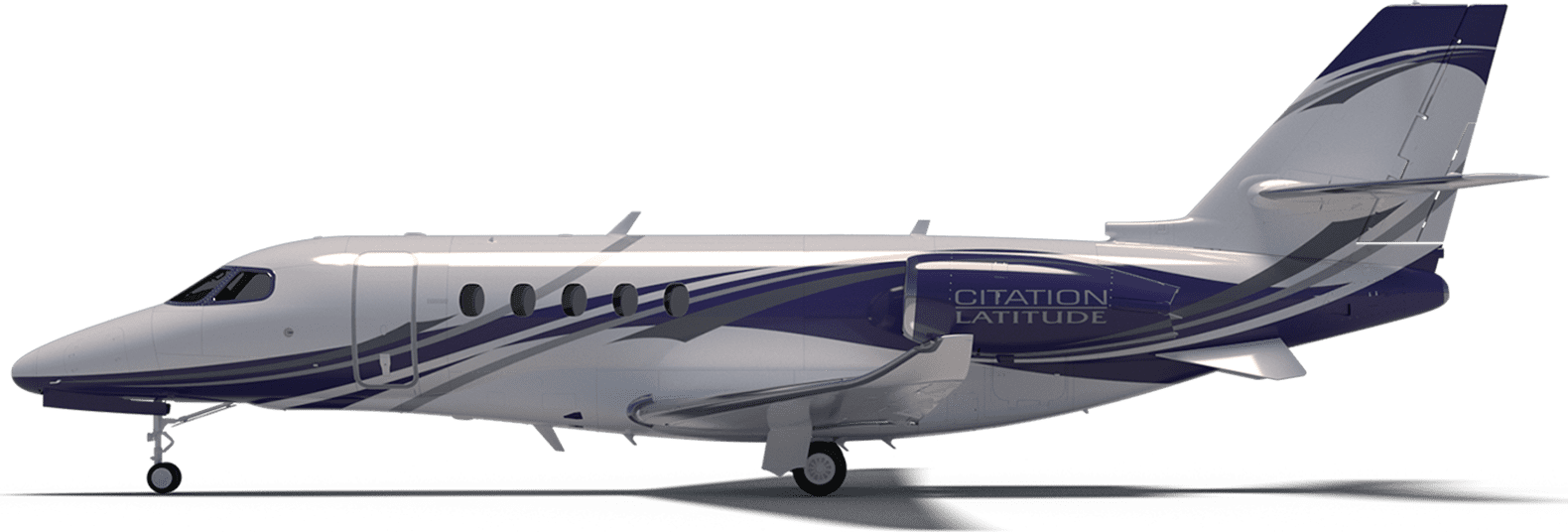
The revolutionary product from Citation has a maximum baggage capacity of 1,245 lb(656 kg) and a baggage volume of 127 cu ft. The maximum ramp weight of the aircraft is 31,050 lb(14,084kg), with a maximum take-off weight of 30,800 lb (13,971 kg). And maximum landing weight of 27,575 lb (12,508 kg).
Other specifications
- Maximum Zero Fuel Weight—–21,430 lb (5,168 kg)
- Usable Fuel Weight—–11,394 lb (5,168 kg)
- Usable Fuel Volume—–1,700 gal (6,435 l)
- Basic Operating weight—–18,656 lb (8,462 kg)
- Useful Load—–12,394 lb (5,622 kg)
- Maximum Payload—–2,774 lb (1,258 kg)
Journey To The Citation Latitude
The existence of the Citation Latitude is a classic aircraft trade story, the company’s jet was nearing the engine overhauls, and the airplanes needed a fresh paint job and avionics upgrades. It was high time for the DiMarco Group, a New-York based family-owned construction and real estate company, to introduce a new aircraft to customers and vendors. The change offered the DiMarco Group to stay within the manufacturer they had chosen to create their past three products or move on to another jet maker.

The manufacturer group then considered the switch, and Textron Aviation’s attention to the details led the group directly towards the Citation. So, the company considered the mid-sized Citation Latitude business jet. The production team found the performances they needed and the cabin changes. DiMarco Group initially wanted a flat floor and more space to spread out during the long-haul trips. With the advice of experts, the group forged a partnership with the Cessna Citation to manufacture an absolute beast that dominated the mid-sized private jetliner segment.
Citation History
The Citation brand is one of the most popular aircraft manufacturers for the business jet segment in the world. With more than 35 million flight hours,, the company has dedicated itself to help the clients expand their business reach. With the aim to provide the business travelers a traveling option that was simpler, quieter, and less costly, Clyde Cessna set out on an expedition to dominate the mid-sized private jetliner segment. Although the jetliners weren’t an unfamiliar market to the Cessna Aircraft Company, the business jet segment was an untapped market for the company in the late 60s.
Citation launched its first business jet. Fanjet 500 in October 1968 with the experts who had dabbled in the production of single and twin-engine general aviation aircraft with the knowledge of military jets. The company first Citation 500, which made its first flight on September 15th, 1969, received its certification in September 1971. The Citation company then gradually upgraded their business jet segment with Citation II(Bravo), III, VI, and VII during the later part of the 20th century.
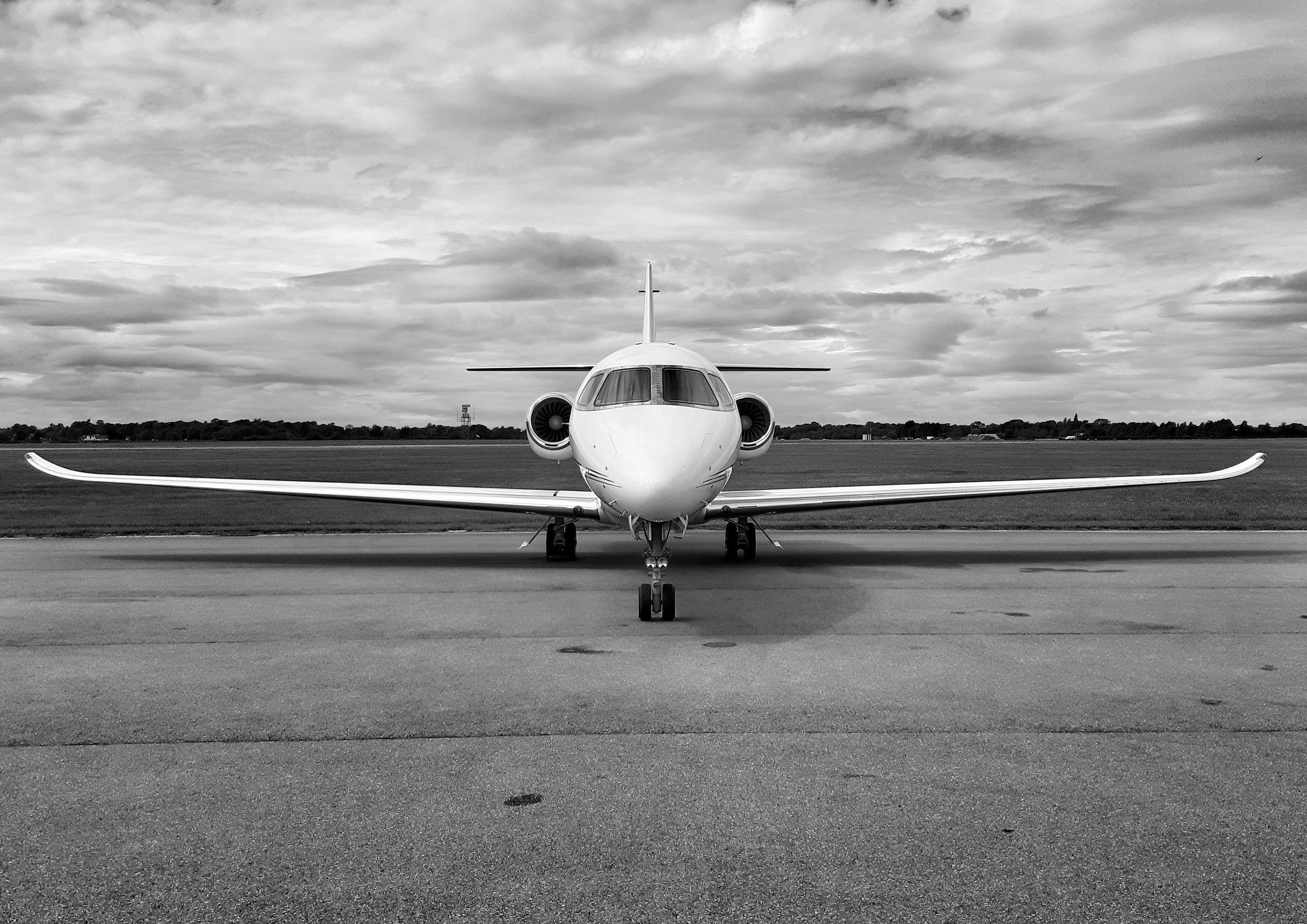
The company’s upgrade to avionics and power marked the golden age of the Cessna jet that began to dominate the market in the segment. The later Citation, Ultra, and Encore models were upgraded with the Pratt & Whitney engines, changing the game with a new carry-through section, wing, and T-tail, which saw the beginning of the coveted CJ series of the Citation jets. Introducing Citation X and X+ in the late 1990s, including the Citation Excel, the products later evolved into Citation XLS and Citation XLS+ jet, which are even sold to this day. Cessna started to focus on the larger cabin feature, which brought the production of products like Citation Latitude and Citation Longitude, the best-selling super-midsize Citation products.
The manufacturer company, which started its first Citation delivery in 1972, has been continuously setting new standards in the business jet segment. The Citation jets are renowned for their ability to combine reliability, efficiency, and comfort with cutting-edge technology and class-leading performance, the unique trait that has helped the company dominate the business jet segment.

